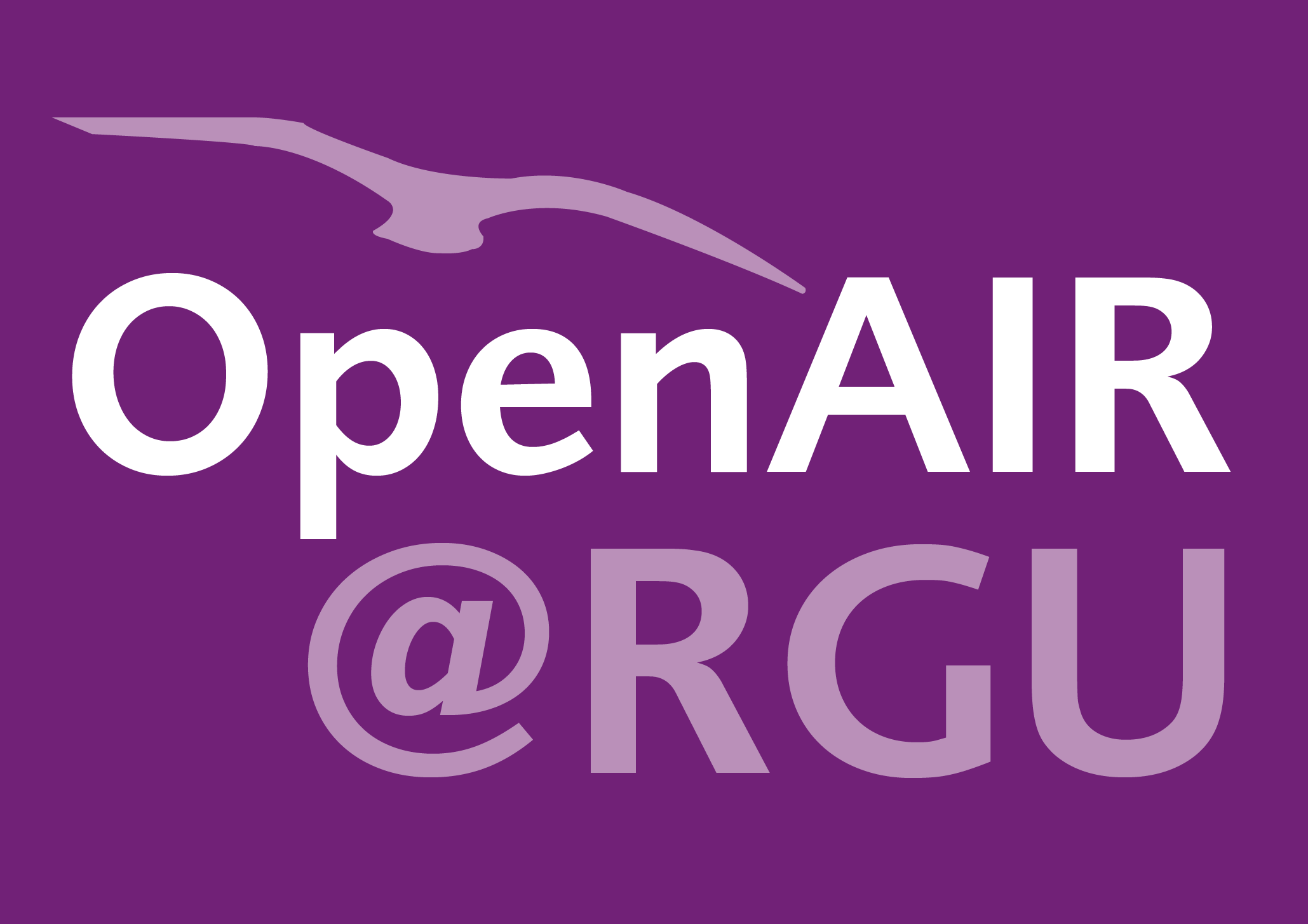Jincy Johny
Investigations of hollow-core photonic crystal fibres (HC-PCF) for trace explosive vapour detection.
Johny, Jincy; Karnik, Shruti; Prabhu, Radhakrishna
Authors
Contributors
Henri Bouma
Editor
Professor Radhakrishna Prabhu r.prabhu@rgu.ac.uk
Editor
Robert J. Stokes
Editor
Yitzhak Yitzhaky
Editor
Abstract
Trace detection and identification of hazardous volatile explosives has been a key challenge to the scientific community past many decades. Commercially available various analytical and spectroscopic techniques suffer from low sensitivity, swabbing of surfaces and low detection limit. Triacetone Triperoxide (TATP), used in improvised explosive devices IEDs vaporizes readily at room temperature and has a vapour signature. However, explosive trace detectors (ETDs) are incompetent to detect TATP due to absence of chromophoric groups. We have investigated the novel hollow core photonic crystal fibres (HC-PCFs) based Raman sensor for real time monitoring of such volatile explosives in airport security. Raman scattering, a powerful, non-destructive tool provides molecular fingerprinting and is a potential candidate for detection of trace explosives but suffer from weak signal strength. Simultaneous confinement of pumped light and gas in HCFs allows greater light gas interaction providing an excellent optical sensing platform. These sensors can be easily incorporated at the security terminals or baggage counters with the existing metal detection systems. This paper reports investigations carried out on the HC-PCF designed using COMSOL Multiphysics software. The Raman signal being dependent on its intensity and mode area, simulations were conducted to analyse PCF parameters like confinement losses and mode field diameter/ effective mode area and its associated wavelength dependency. Theoretical study carried out on the HC-PCF also revealed that mode field confinements within the hollow core can be modified to suit specific laser wavelengths and confinement losses can be reduced to achieve Raman signal enhancement by optimizing their geometrical parameters like air-hole size and pitch/ hole-to-hole distance.
Citation
JOHNY, J., KARNIK, S. and PRABHU, R. 2020. Investigations of hollow-core photonic crystal fibres (HC-PCF) for trace explosive vapour detection. In Bouma, H., Prabhu, R., Stokes, R.J. and Yitzhaky, Y. (eds.) Proceedings of the 4th Counterterrorism, crime fighting, forensics, and surveillance technologies conference 2020, co-located with the Society of Photo-Optical Instrumentation Engineers (SPIE) Security and defence 2020 conference, 21-25 September 2020, [virtual conference]. Proceedings of the SPIE, 11542. Bellingham, WA: SPIE [online], article ID 115420Q. Available from: https://doi.org/10.1117/12.2574356
| Presentation Conference Type | Conference Paper (published) |
|---|---|
| Conference Name | 4th Counterterrorism, crime fighting, forensics, and surveillance technologies conference 2020, co-located with the Society of Photo-Optical Instrumentation Engineers (SPIE) Security and defence 2020 conference |
| Start Date | Sep 21, 2020 |
| End Date | Sep 25, 2020 |
| Acceptance Date | May 25, 2020 |
| Online Publication Date | Sep 17, 2020 |
| Publication Date | Oct 9, 2020 |
| Deposit Date | Dec 10, 2020 |
| Publicly Available Date | Dec 10, 2020 |
| Publisher | Society of Photo-optical Instrumentation Engineers |
| Peer Reviewed | Peer Reviewed |
| Volume | 11542 |
| Series Title | Proceedings of SPIE |
| Series ISSN | 0277-786X |
| ISBN | 9781510638976 |
| DOI | https://doi.org/10.1117/12.2574356 |
| Keywords | Hazardous explosives; Volatile; Detection; Identification; Explosive trace detectors (ETDs); Hollow core photonic crystal fibres (HC-PCF); Trace vapor detection; TATP; Improvised explosive devices IEDs; Raman scattering; Computational modelling; Mode field diameter; Mode field confinement |
| Public URL | https://rgu-repository.worktribe.com/output/1003620 |
Files
JOHNY 2020 Investigations of hollow core
(565 Kb)
PDF
Publisher Licence URL
https://creativecommons.org/licenses/by-nc/4.0/
You might also like
Optical fibre-based sensors for oil and gas applications.
(2021)
Journal Article
Numerical investigation of nanostructured silica PCFs for sensing applications.
(2017)
Journal Article
Investigation of positioning of FBG sensors for smart monitoring of oil and gas subsea structures.
(2016)
Presentation / Conference Contribution
Computational study of nanostructured composite materials for photonic crystal fibre sensors.
(2017)
Presentation / Conference Contribution
Design of optical fibre based highly sensitive acoustic sensor for underwater applications.
(2017)
Presentation / Conference Contribution
